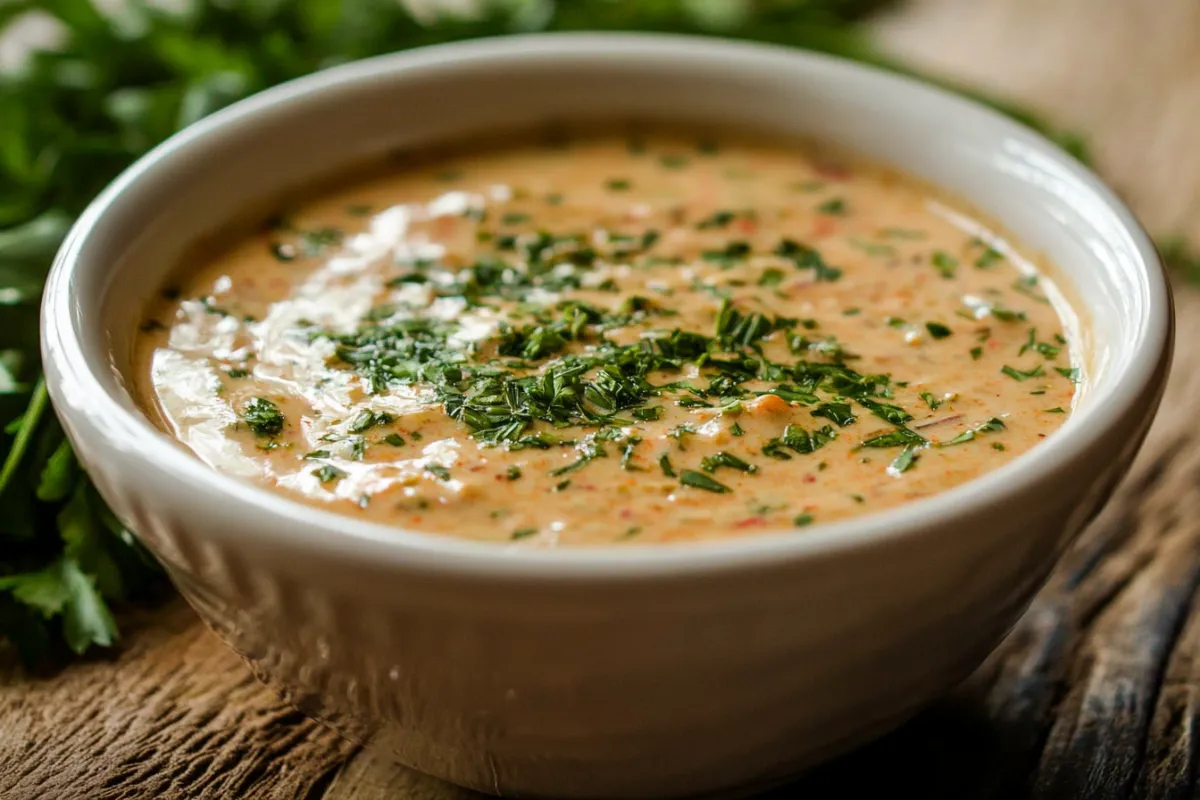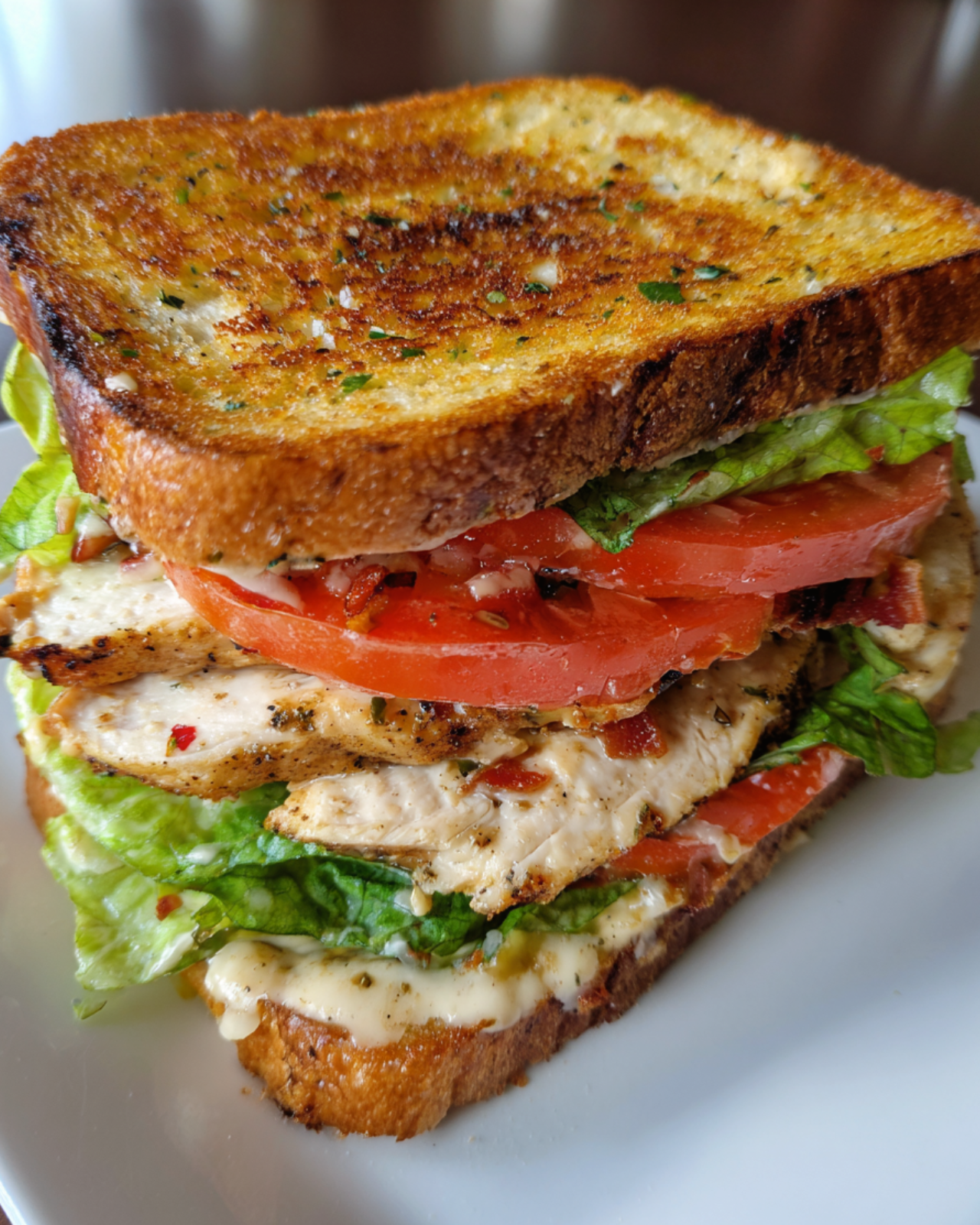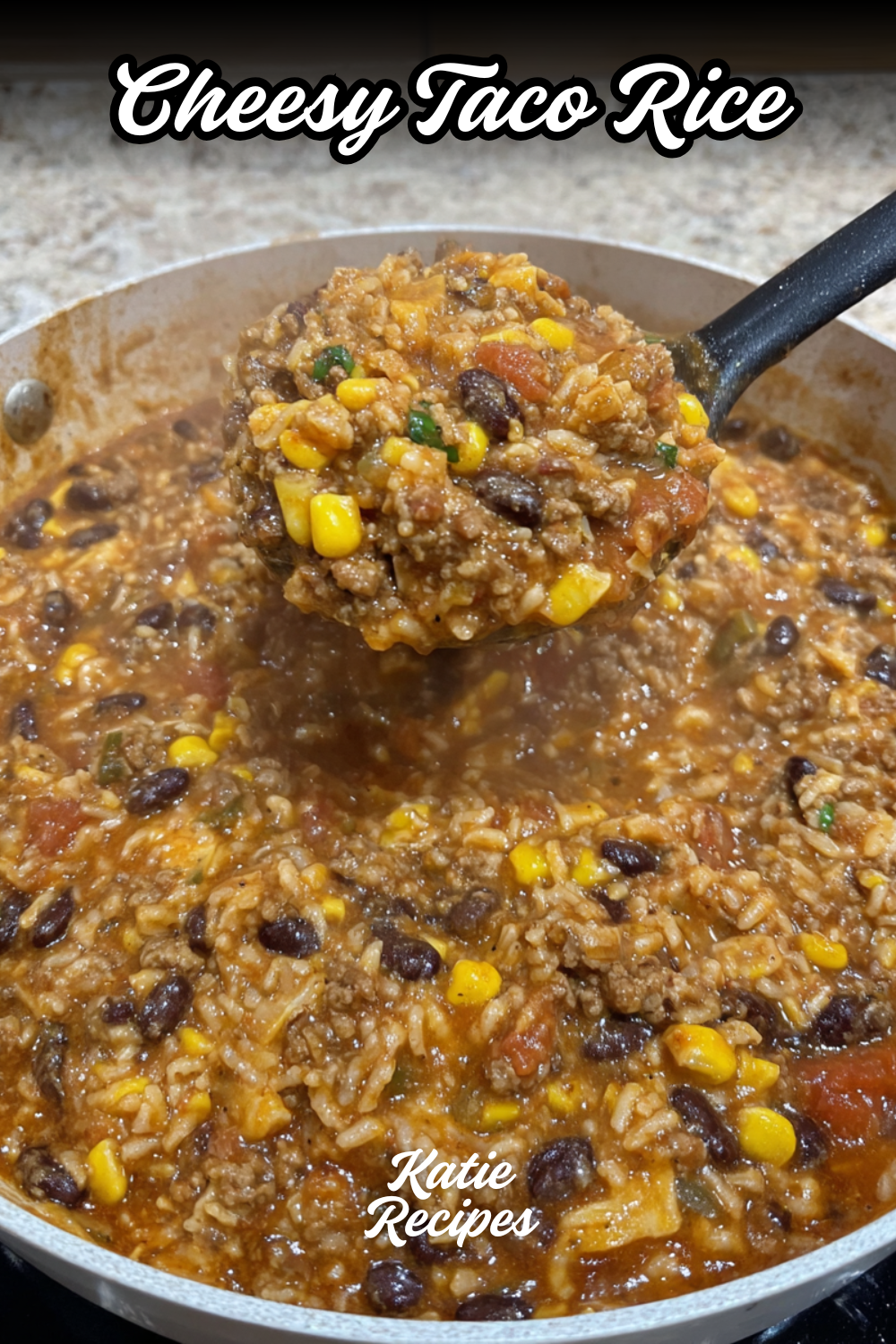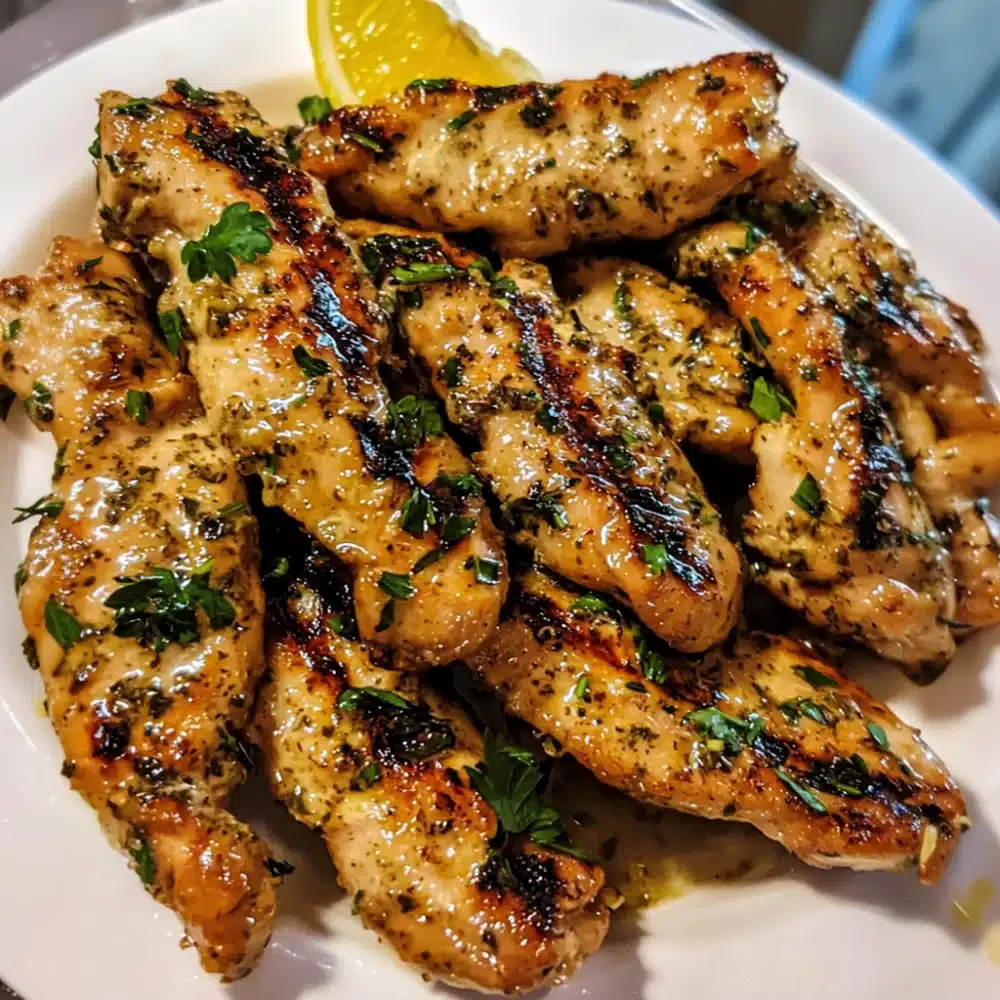Cowboy butter is a delicious condiment that has become increasingly popular due to its incredible flavor and versatility. This buttery, savory mixture is perfect for grilling, dipping, or adding a burst of flavor to nearly any dish. The combination of spices, herbs, garlic, and lemon gives cowboy butter its distinct taste, making it an easy go-to sauce for home cooks and grilling enthusiasts alike.
In this comprehensive guide, you’ll learn all about cowboy butter, from its ingredients to the many ways it can be used. This article will walk you through the step-by-step process of making cowboy butter, how to customize it to your liking, and various serving ideas that can enhance your meals.
What is Cowboy Butter?
At its core, cowboy butter is a compound butter—which is simply softened butter mixed with various ingredients to enhance its flavor. The key to cowboy butter is its unique blend of garlic, herbs, lemon juice, mustard, and spices, creating a bold and zesty flavor. It can be used as a spread, sauce, or dip, making it incredibly versatile.
Cowboy butter is especially popular with grilled meats, as its rich and savory profile pairs perfectly with steaks, chicken, pork, and even seafood. But this buttery blend isn’t limited to just meats; it also works well with vegetables, bread, and other side dishes.
The Origins of Cowboy Butter
Although cowboy butter doesn’t have a deeply rooted historical origin, it draws inspiration from the rugged, rustic flavors of the American West. Cowboys and ranchers often relied on simple ingredients like butter, garlic, and herbs to flavor their meals after a long day on the range. The name “cowboy butter” evokes this sense of simplicity and frontier living.
However, the actual practice of mixing butter with herbs and spices is far from unique to cowboy butter. Many cultures around the world have used compound butters for centuries, adding different herbs and spices to create flavored butters for meats, bread, and vegetables.
As social media platforms like Instagram and TikTok have introduced a new generation to the magic of compound butters, cowboy butter has become a viral sensation. Its easy preparation and bold flavors make it a favorite among home cooks looking to add some extra flair to their meals.
For a deeper dive into the history and variations of compound butters, you can check out MasterClass’s article on butter-making techniques.
Ingredients in Cowboy Butter
The ingredients in cowboy butter are simple, but each one plays an essential role in creating its unique flavor. The primary ingredients you’ll need are broken down as follows:
Essential Ingredients:
- Butter: The base of cowboy butter is, of course, butter. Unsalted butter is preferred because it allows you to control the saltiness of the final product. If you like your butter richer, you can opt for salted butter and adjust the seasoning later.
- Garlic: Fresh minced garlic provides a strong, savory flavor that complements the butter’s richness. You can also use garlic powder if you prefer a milder garlic taste.
- Lemon Juice and Zest: The zest and juice of a lemon add brightness and a bit of acidity to balance the richness of the butter. This ingredient is crucial for cutting through the fat and providing a refreshing, zesty note.
- Dijon Mustard: Dijon mustard brings a subtle tang and depth of flavor that makes cowboy butter more complex. You can substitute it with spicy brown mustard for a bolder taste.
- Fresh Herbs: Parsley and chives are the most common herbs used in cowboy butter. They add freshness and color, giving the butter a vibrant, herby flavor.
- Spices: Paprika, cayenne pepper, and red pepper flakes add a smoky, spicy kick to the butter. You can adjust these to your spice tolerance, making the butter as mild or as fiery as you like.
- Salt and Pepper: These staple seasonings are used to taste, allowing you to perfect the balance of flavors in your butter.
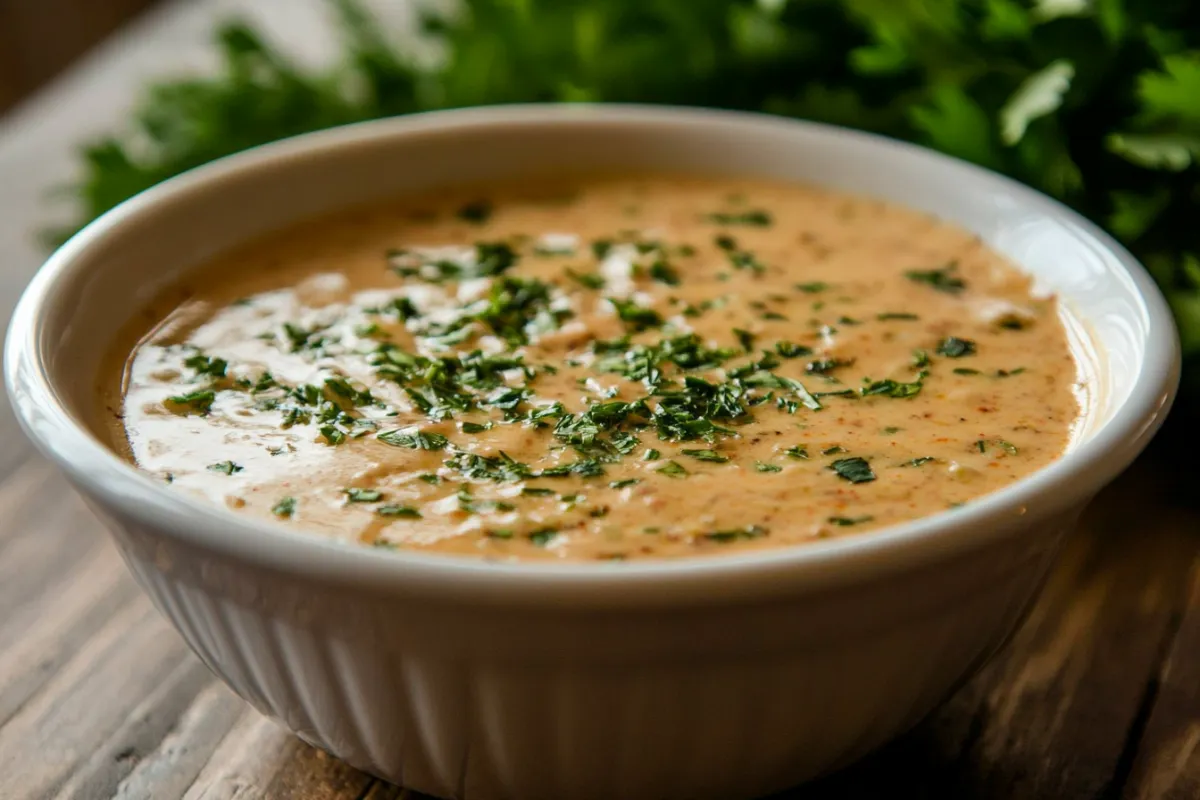
Cowboy Butter Recipe
Ingredients:
| Ingredients | Amount |
|---|---|
| Unsalted butter | 1 cup (2 sticks) |
| Garlic (minced) | 4-5 cloves |
| Lemon zest | 1 tablespoon |
| Lemon juice | 1 tablespoon |
| Dijon mustard | 1 tablespoon |
| Fresh parsley (chopped) | 1 tablespoon |
| Fresh chives (chopped) | 1 tablespoon |
| Paprika | ½ teaspoon |
| Red pepper flakes | ½ teaspoon |
| Cayenne pepper | ½ teaspoon |
| Salt | To taste |
| Black pepper | To taste |
Instructions:
- Soften the butter: Leave the butter out at room temperature until it’s soft enough to work with, but not melted. You can also use the microwave to soften it quickly, but do so in 5-second intervals to avoid melting.
- Mix the ingredients: In a medium-sized bowl, combine the softened butter, garlic, lemon zest, lemon juice, Dijon mustard, parsley, chives, paprika, red pepper flakes, cayenne pepper, salt, and pepper. Use a fork or a spoon to thoroughly mix everything until well combined.
- Shape the butter: Once the ingredients are mixed, you can either scoop the butter into a serving dish or shape it into a log. To make a butter log, place the butter mixture on a piece of plastic wrap, shape it into a log, and roll it up tightly. Twist the ends of the plastic wrap to seal the butter, and refrigerate it for at least one hour to firm up.
- Serve and enjoy: Once the cowboy butter has firmed up, it’s ready to be served. You can slice it into rounds or use it as a dip for meats, bread, or veggies.
Variations of Cowboy Butter
While the classic cowboy butter recipe is delicious on its own, there are many ways to tweak the ingredients to create new flavor profiles. Here are a few popular variations:
Spice it Up:
- If you love extra heat, increase the amount of cayenne pepper or red pepper flakes. You can also add a few dashes of your favorite hot sauce to give the butter even more kick.
Herb Substitutions:
- Not a fan of parsley or chives? Swap them out for herbs like cilantro, dill, or rosemary. Each herb will bring its own distinct flavor to the butter, allowing you to customize it to your taste.
Mustard Options:
- Dijon mustard provides a mild tang, but you can experiment with different types of mustard for a bolder flavor. Try using horseradish mustard, spicy brown mustard, or even whole grain mustard for added texture.
Dairy-Free and Vegan Options:
- For a vegan or dairy-free version of cowboy butter, simply substitute the butter with a plant-based alternative. Many dairy-free butter products on the market will still provide that creamy, rich texture you want.
How to Use Cowboy Butter
One of the reasons cowboy butter is so popular is because it’s so versatile. Here are some of the best ways to use this tasty condiment:
Meats and Seafood:
- Grilled steak: Melt cowboy butter on top of a sizzling steak for an added burst of flavor. The butter will slowly melt into the steak, creating a rich, flavorful sauce.
- Chicken and pork: Cowboy butter pairs well with grilled or roasted chicken and pork. Use it as a finishing sauce or serve it on the side as a dip.
- Seafood: Try using cowboy butter as a sauce for shrimp, scallops, or grilled fish like salmon.
Vegetables:
- Roasted or grilled vegetables: Drizzle cowboy butter over roasted vegetables like carrots, Brussels sprouts, or broccoli. The buttery, herby sauce complements the natural sweetness of the vegetables.
- Corn on the cob: Cowboy butter is a fantastic topping for grilled or boiled corn. Simply spread the butter over the hot corn, and let it melt into every bite.
Bread and Sides:
- Bread and rolls: Spread cowboy butter on fresh-baked bread, rolls, or cornbread for an extra flavor boost.
- Baked potatoes: Top a baked potato with a pat of cowboy butter for a rich, savory twist.
Serving Suggestions for Cowboy Butter
Now that you know how to make cowboy butter, let’s look at some creative ways to serve it.
As a Dip:
- Cowboy butter makes a great dipping sauce for steak bites, shrimp, or chicken wings. Serve it warm for the best flavor.
On the Grill:
- Brush cowboy butter on meats while grilling to keep them moist and flavorful. As the butter melts, it will coat the meat with its rich flavors.
For Breakfast:
- Believe it or not, cowboy butter can be used for breakfast, too. Spread it on toast or melt it over a fried egg for a savory start to your day. Try it as a savory spread for toast or melted over a fried egg for a rich, buttery addition to your morning meal.
As a Topping:
- Use cowboy butter as a topping for grilled meats like steak, chicken, and pork, or drizzle it over roasted vegetables. You can also spread it on fresh-baked bread or corn on the cob for a delicious twist.
Pairing Ideas:
- Steak and Cowboy Butter: Cowboy butter is a perfect match for steaks,I noticed that my previous message was cut off. I’ll pick up where it left off and continue the article below:
- Steak and Cowboy Butter: Cowboy butter is a perfect match for steaks, especially ribeye or sirloin. Simply melt the butter on the steak after grilling for a rich, flavorful bite.
- Seafood: Cowboy butter can also be used as a sauce for seafood like shrimp, scallops, or grilled fish. It adds a delightful, zesty flavor that enhances the seafood’s natural sweetness.
Storing and Freezing Cowboy Butter
Cowboy butter is easy to store, and it keeps well for future use. Here’s how to properly store and freeze it to maintain its freshness:
Refrigerator Storage:
- Refrigerate it: Cowboy butter can be stored in an airtight container in the refrigerator for up to one week. However, to protect it from absorbing other food scents, make sure to keep it well covered.
Freezer Storage:
- Freeze it: For longer storage, you can freeze cowboy butter. Simply roll it into a log, wrap it tightly in plastic wrap, and store it in the freezer. Cowboy butter keeps well in the freezer for up to three months.
- When you’re ready to use it, slice off a portion and let it soften at room temperature before serving.
Reheating Cowboy Butter:
- Reheat it gently: If you’ve stored cowboy butter in the refrigerator or freezer and it’s become too firm, let it sit at room temperature for about 30 minutes to soften. You can also reheat it in the microwave in short 10-second bursts, but be careful not to overheat it as it can separate.
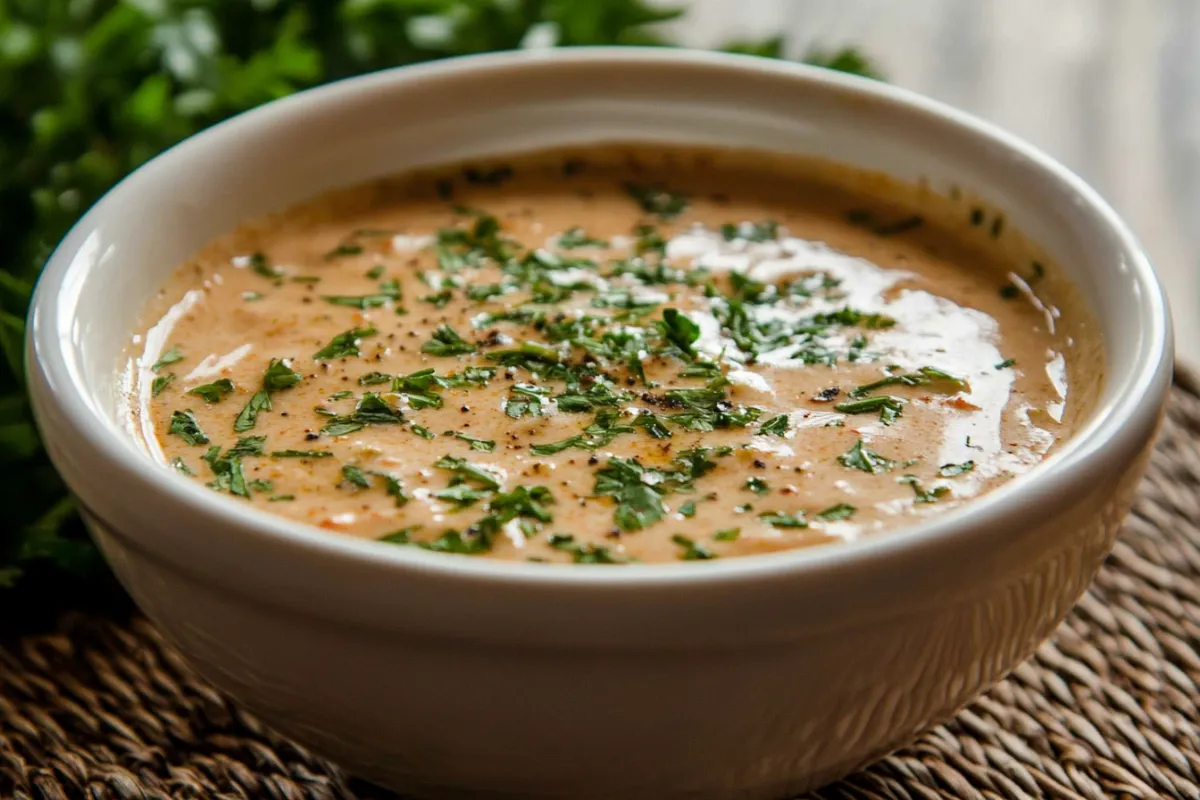
Frequently Asked Questions
Is cowboy butter spicy?
Yes, cowboy butter has a bit of spice thanks to the red pepper flakes and cayenne pepper. However, the heat level can easily be adjusted by reducing or increasing these ingredients to your preference.
How long does cowboy butter last in the fridge?
Cowboy butter can be stored in the fridge for up to one week if kept in an airtight container. Make sure to use it before it absorbs any fridge odors.
Can I make a vegan version of cowboy butter?
Absolutely! To make cowboy butter vegan, simply replace the regular butter with a plant-based butter. The other ingredients, such as garlic, herbs, and spices, are already vegan-friendly, so this substitution is simple to make.
What can I serve with cowboy butter?
Cowboy butter is extremely versatile and can be served with a variety of dishes:
Steaks and grilled meats: The rich butter pairs well with the bold flavors of grilled meats.
Seafood: It adds a bright, zesty flavor to shrimp, scallops, and fish.
Roasted vegetables: Drizzle it over veggies like roasted carrots or Brussels sprouts for an extra burst of flavor.
Bread and cornbread: Cowboy butter is also delicious when spread on fresh bread, cornbread, or rolls.
Can cowboy butter be used as a dipping sauce?
Yes! Cowboy butter can be served as a dipping sauce for steak bites, shrimp, or bread. It works well both melted and at room temperature.
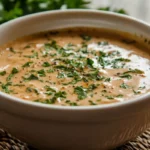
Cowboy Butter Recipe
- Total Time: 10 minutes
- Yield: 1 cup 1x
Description
A rich, zesty compound butter packed with garlic, herbs, lemon, and a bit of spice. Cowboy butter is the ultimate flavorful dip, spread, or finishing sauce for grilled meats, veggies, and more.
Ingredients
- 1 cup (2 sticks) unsalted butter, softened
- 4–5 cloves garlic, minced
- 1 tbsp lemon zest
- 1 tbsp lemon juice
- 1 tbsp Dijon mustard
- 1 tbsp chopped fresh parsley
- 1 tbsp chopped fresh chives
- ½ tsp paprika
- ½ tsp red pepper flakes
- ½ tsp cayenne pepper
- Salt and black pepper, to taste
Instructions
- Leave butter at room temperature until soft (or microwave in 5-second bursts to soften, not melt).
- In a medium bowl, combine softened butter, garlic, lemon zest and juice, Dijon mustard, parsley, chives, paprika, red pepper flakes, cayenne, salt, and pepper.
- Mix thoroughly with a fork or spoon until well combined.
- Shape into a log using plastic wrap or scoop into a serving dish. Chill for at least 1 hour to firm up.
- Serve as a dip, sauce, or spread for meats, seafood, veggies, and bread.
Notes
Customize the flavor by adjusting the spice level or swapping in herbs like dill or cilantro. For a vegan version, use plant-based butter.
- Prep Time: 10 minutes
- Cook Time: 0 minutes
- Category: Condiment
- Method: Mixing
- Cuisine: American
Nutrition
- Serving Size: 1 tablespoon
- Calories: 100
- Sugar: 0g
- Sodium: 90mg
- Fat: 11g
- Saturated Fat: 7g
- Unsaturated Fat: 3g
- Trans Fat: 0g
- Carbohydrates: 0g
- Fiber: 0g
- Protein: 0g
- Cholesterol: 30mg
Keywords: cowboy butter, garlic butter, compound butter, grilling, dip
Conclusion
Cowboy butter is a flavorful, versatile condiment that can transform any meal. Whether you’re spreading it on steak, using it as a dip for seafood, or drizzling it over roasted vegetables, this zesty butter is sure to become a favorite in your kitchen. With its simple ingredients and easy preparation, cowboy butter is a great way to add a burst of flavor to both everyday and special occasion meals.
Make your own batch
of cowboy butter today and enjoy the rich, buttery goodness it brings to every dish! Feel free to experiment with the recipe by adding different herbs and spices to suit your taste. With this comprehensive guide, you’ll be able to master cowboy butter and impress your family and friends with your culinary skills.
